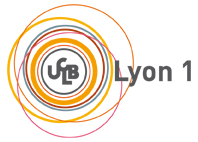
Practical Information:
Teaching:
Bâtiment Nautibus
43, Bd du 11 Novembre 1918
69622 Villeurbanne Cedex.
☏: +33(0)472 43 16 35
email: marc.plantevit-at-univ-lyon1.fr

Research:
Bureau 501.319
Bâtiment Blaise Pascal
7, Avenue Jean Capelle
69621 Villeurbanne Cedex
☏: +33(0)472 43 84 87
Fax: +33(0)472 43 87 13
email: marc.plantevit-at-liris.cnrs.fr





